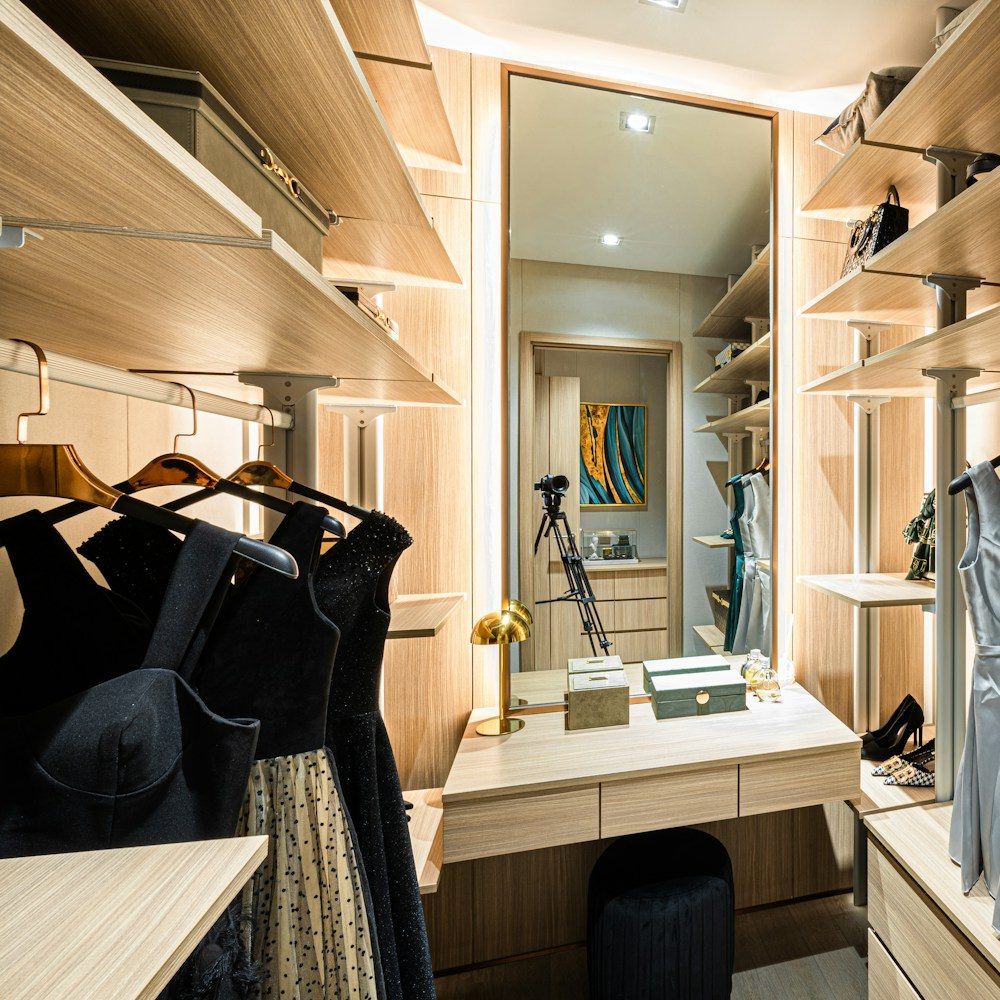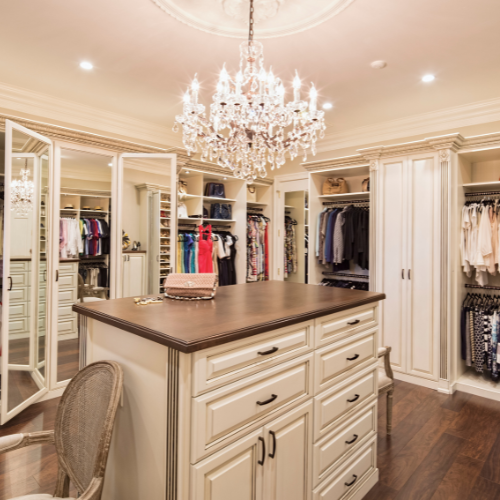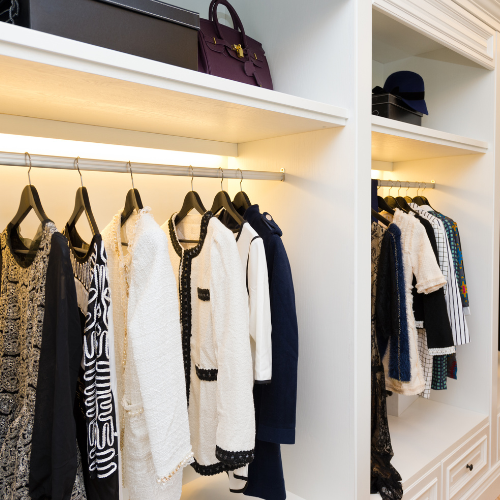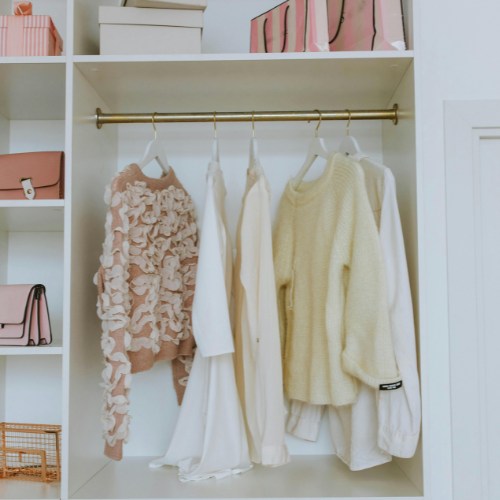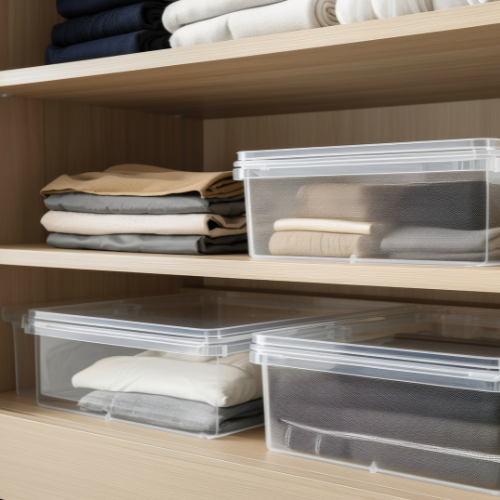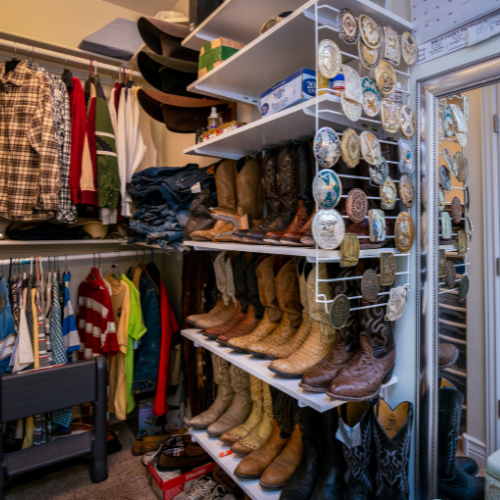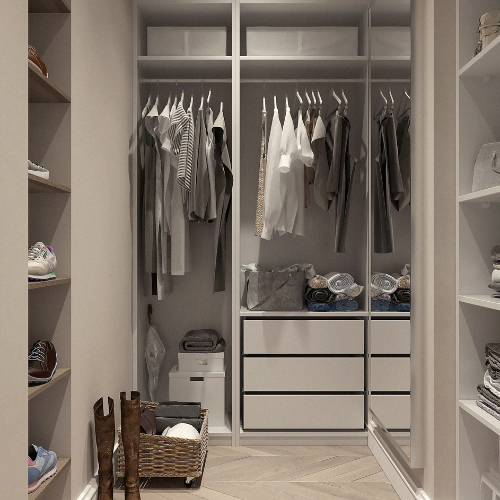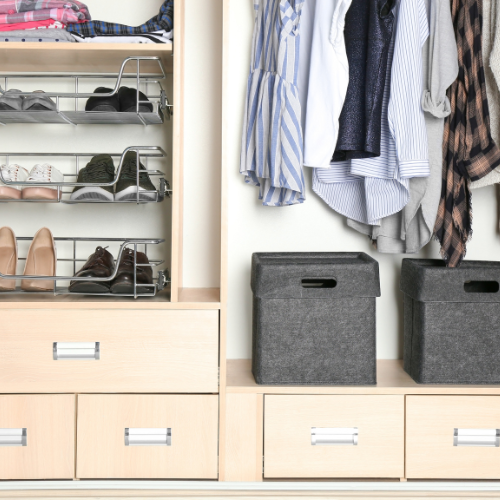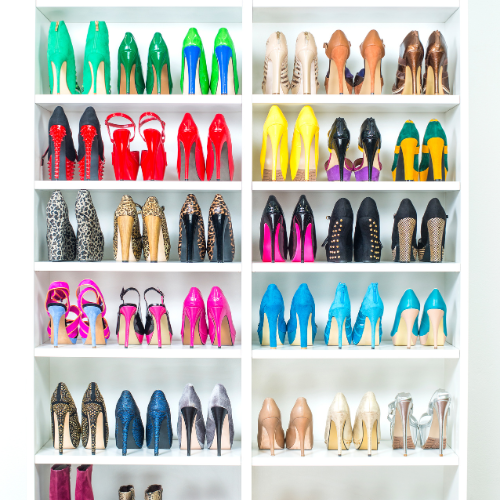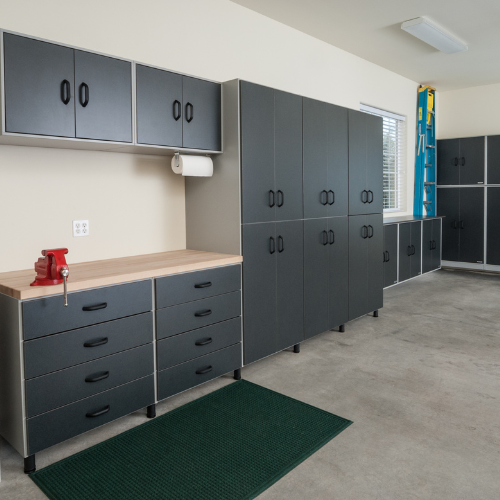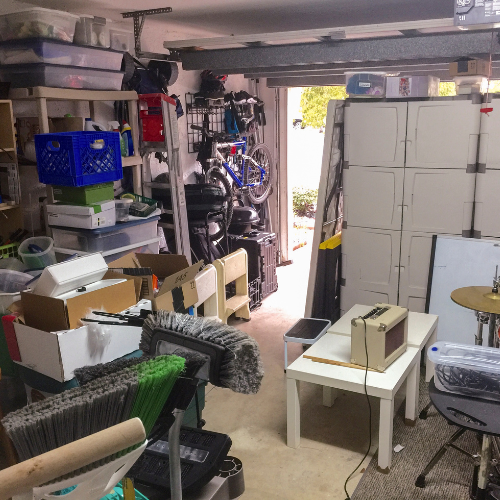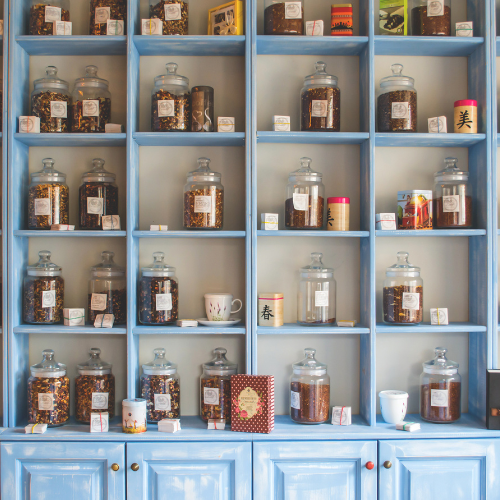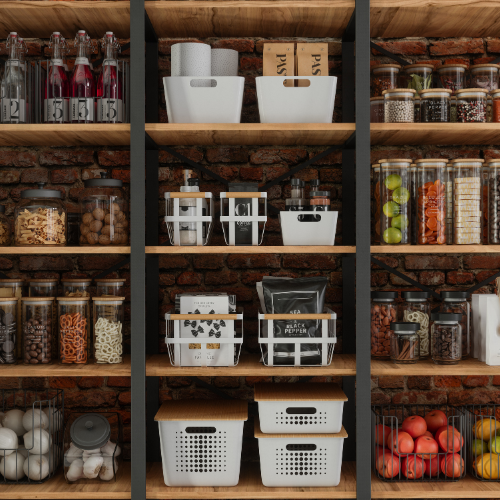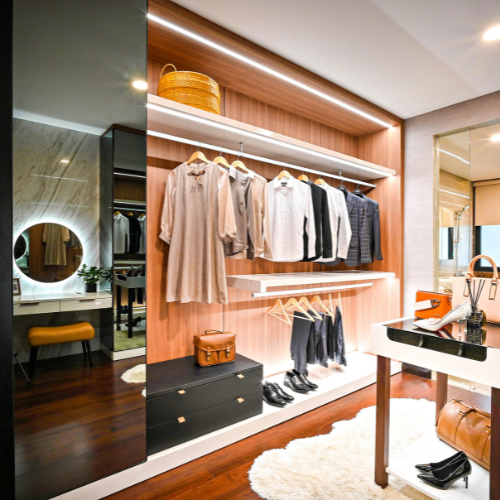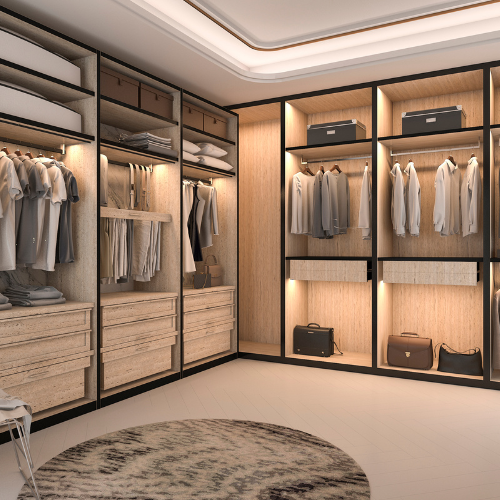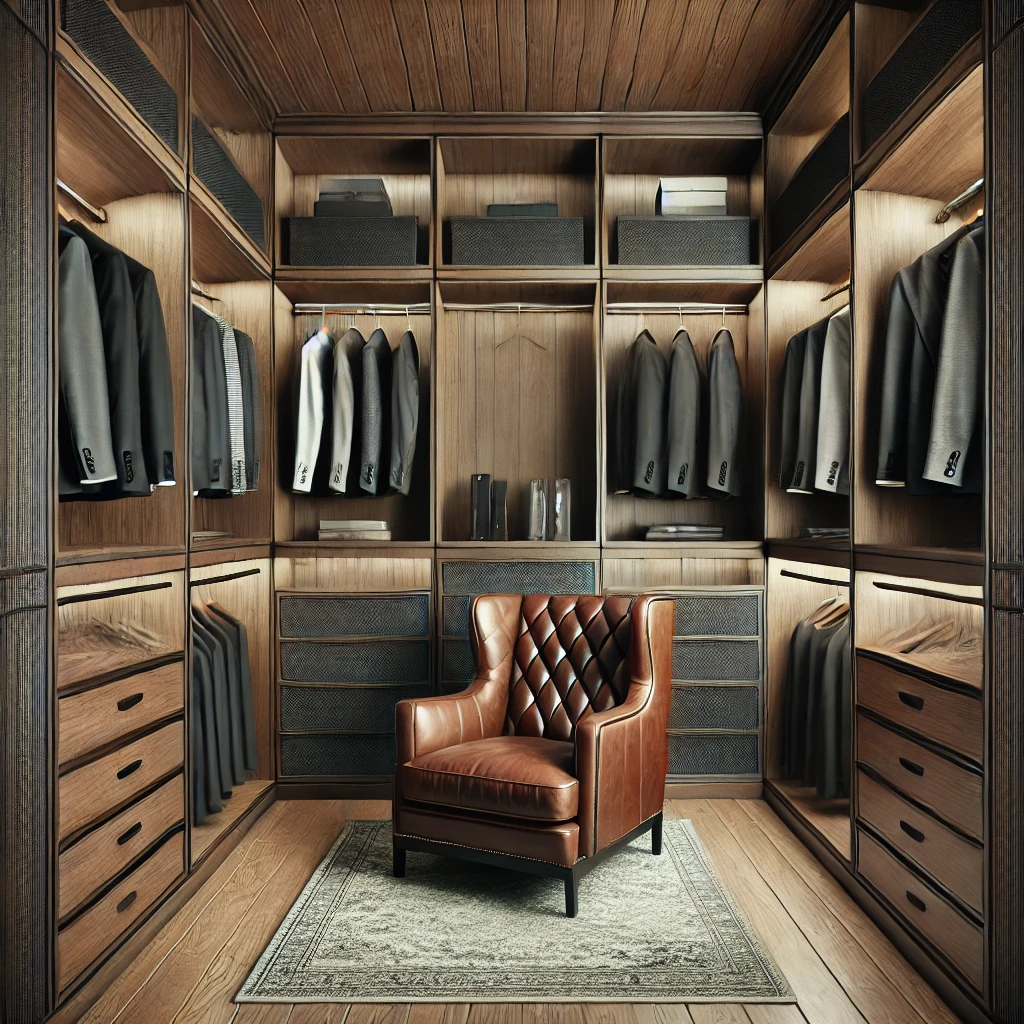When it comes to closet design, everyday clothes usually get most of the attention. But what about the dresses that come out only for the big moments? Whether it’s a wedding gown, a prom dress, or that stunning evening number you wore once but can’t bear to part with, special occasion wear deserves a storage solution that’s both protective and beautiful.
Designing your closet to accommodate formalwear isn’t just about finding space—it’s about preserving your wardrobe’s most delicate and cherished pieces. Here’s how to do it right.
Why Special Occasion Clothing Needs a Bit More TLC
Formalwear is often made from delicate fabrics like silk, chiffon, lace, or tulle. These materials don’t hold up well in cramped, humid, or harshly lit conditions. Plus, special occasion dresses are usually longer, heavier, or more embellished than your average outfit. That means they need more vertical space, a gentler hanging method, and some thoughtful protection to keep them looking their best.
And let’s not forget—these pieces often hold sentimental value. They’re tied to memories and milestones. Storing them properly helps ensure they’re ready for the next big moment or the next person you pass them down to.
Closet Design Features to Include for Formalwear
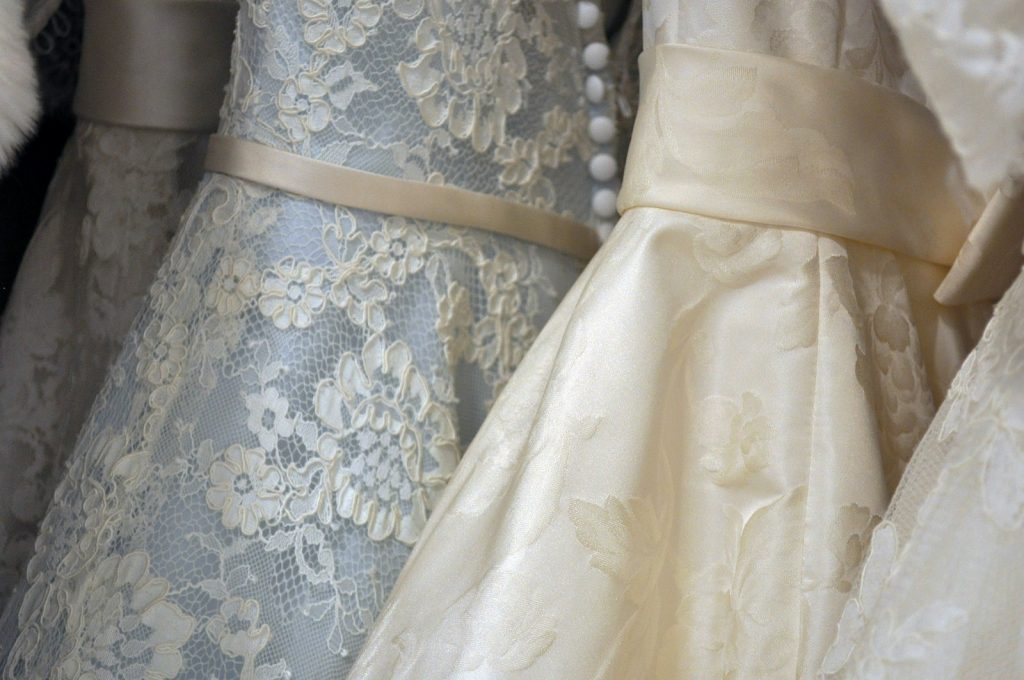
Designing a closet that can handle a little glamour starts with knowing what to include. Here are the must-have features:
Tall Hanging Space
Standard hanging rods might work for shirts and jackets, but long gowns need more vertical room. Be sure to include at least one section of your closet with extra height—think 60″ to 72″ of vertical space—to accommodate full-length dresses without creasing the hems.
Garment Bags & Dress Covers
Invest in breathable garment bags (not plastic!) to protect your dresses from dust, light, and moisture. These can hang directly from your closet rod or be stored in a designated section with soft dividers.
Soft, Ambient Lighting
Harsh lighting can fade delicate fabrics over time. If you’re adding lighting to your closet, opt for soft LED strips or recessed lights with a warm glow. They’ll illuminate your wardrobe without doing damage.
Climate Considerations
Humidity and heat are not friends to fine fabrics. If your closet tends to get warm or lacks ventilation, consider adding a small dehumidifier or installing climate control options to keep the environment stable.
Valet Rods or Pull-Out Racks
These are great for planning outfits, airing out a dress before wearing, or just giving yourself a staging area while getting ready. They tuck away neatly when not in use and offer an extra layer of function.
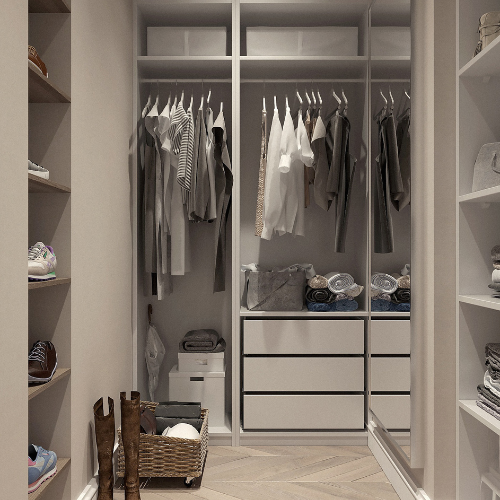
Storage Accessories That Go the Extra Mile
If you want to give your formalwear the boutique treatment, a few simple accessories can make a big impact:
- Padded or velvet hangers to prevent slipping and fabric damage.
- Wicker or fabric bins for storing accessories like clutch bags or formal shoes.
- Cedar blocks or lavender sachets to keep moths away and add a subtle, fresh scent.
- Shelf dividers to keep matching pieces—like a shawl or gloves—together.
These details aren’t just about aesthetics; they’re about extending the life of your most valuable clothing.
Don’t Overlook the Power of a Capsule Formalwear Section
You don’t need to store every fancy piece you own front and center. Instead, consider creating a “capsule” section of your closet just for seasonal or upcoming events. Keep the rest safely tucked away in a breathable storage bag or garment box, especially if space is tight.
Pro tip: Store less-used items higher up or in labeled bins. Keep your go-to event dresses accessible and rotated seasonally based on what you’re most likely to wear.
Where to Find Your Next Showstopper
If your closet is ready for a fresh addition, there are plenty of places to find the next piece worth hanging on your valet rod. Whether you’re shopping for prom, weddings, cocktail parties, or black-tie galas, finding the perfect dress is part of the fun.
Need ideas? Shop stunning special occasion dresses — from elegant gowns to playful styles that deserve a dedicated space in your closet.
Final Thoughts
Your closet should work for every part of your wardrobe—including the special pieces that don’t get worn every day but mean the most. With the right design, accessories, and mindset, you can create a closet that not only stores but celebrates your formalwear. And whether you’re planning your next event or preserving the memory of a past one, your dresses will be ready when you are.
Frequently Asked Questions
Q: What’s the best way to hang long dresses?
A: Use a tall hanging rod and padded hangers to prevent wrinkling and protect delicate fabric.
Q: Can I store formalwear in a regular closet?
A: Yes, with a few adjustments—such as adding garment bags, dedicated hanging space, and climate-friendly conditions.
Q: How do I keep my special occasion dresses from yellowing?
A: Store them in breathable, acid-free garment bags away from direct light and humidity.
Q: Do I need special lighting in a closet for formalwear?
A: Soft LED lighting is ideal. Avoid direct sunlight and heat-producing bulbs to prevent fabric damage.
Q: How can I protect embellishments and delicate details on gowns?
A: Use individual garment bags and avoid overcrowding. Store heavily embellished items with space around them to prevent snagging or crushing.

